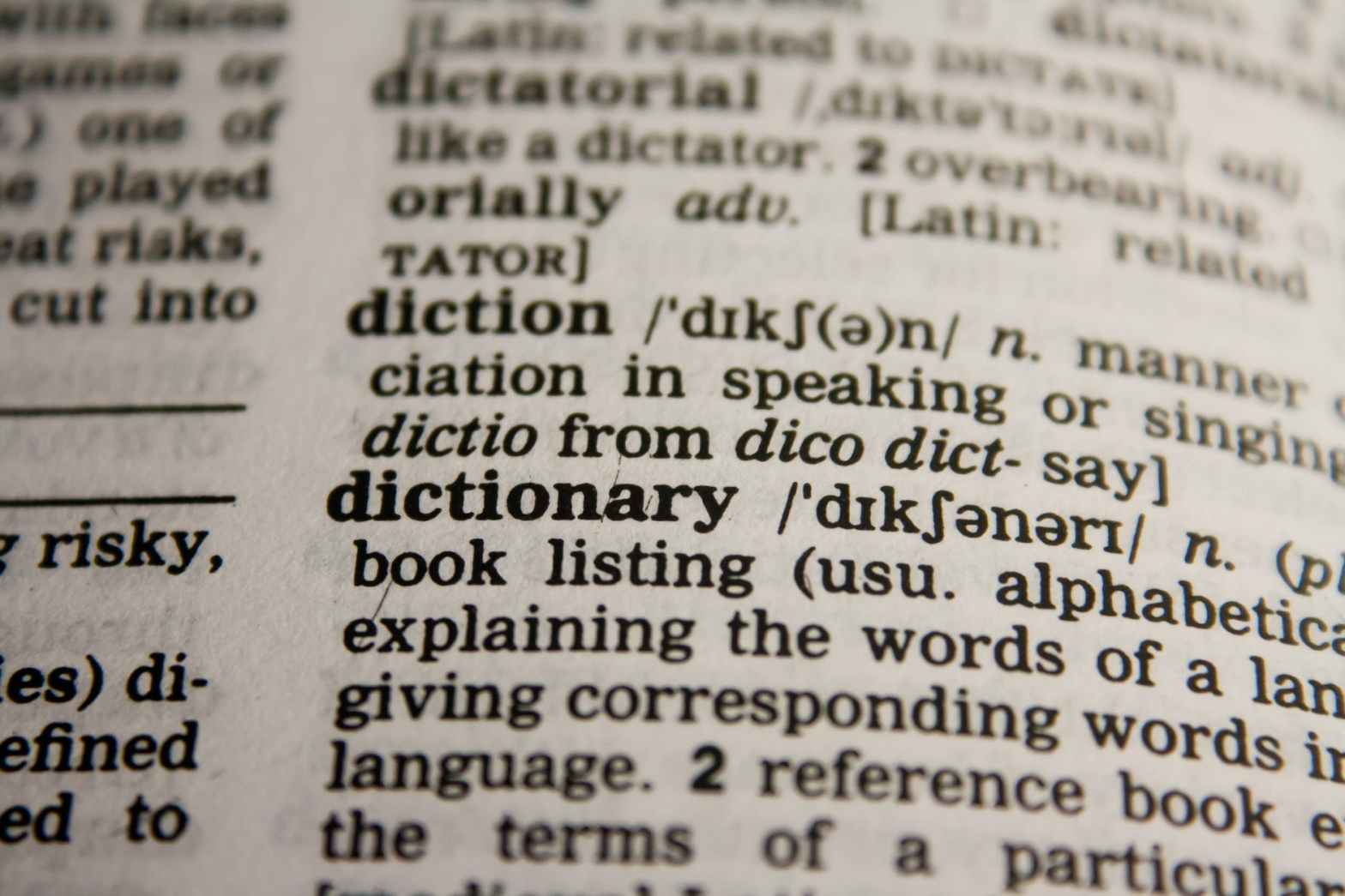The examples for LSTMs and RNNs that we have studied so far have one feature in common – the input and the output have the same length. We have seen that this is a natural choice for tasks like creating sentences based on a given prompt or attaching labels to each word in a sentence.…More
Mastering large language models – Part VII: War and Peace
This blog is all about code – we will implement and train an LSTM on Tolstoys War and Peace and use it to generate new text snippets that (well, at least very remotely) resemble pieces from the original novel. All the code can be found here in my GitHub repository for this series. First, let…More
Mastering large language models – Part VI: sampling
Today, we will take a closer look at the process of using a trained LSTM or RNN to actually generate new content, i.e. to predict words. To set the scene, recall that the objective on which we have trained our network is to model the probability for each word in the vocabulary. More precisely, assume…More
Mastering large language models – Part V: LSTM networks
In the last post, we have seen how we can implement and train an RNN on a very simple task – learning how to count. In the example, I have chosen a sequence length of L = 6. It is tempting to play around with this parameter to see what happens if we increase the…More
Mastering large language models – Part IV: learning how to count
In the previous post, we have discussed recurrent neural networks in the context of language processing, but in fact, they can be used to learn any type of data structured as a time series. To make sure that we really understand how this works before proceeding to more complex models, we will spent some time…More
Mastering large language models – Part III: recurrent neural networks
When designing neural networks to handle language, one of the central design decisions you have to make is how you model the flow of time. The words in a sentence do not have a random order, but the order in which they appear is central to their meaning and correct grammar. Ignoring this order completely…More
Mastering large language models – Part II: Words and vector spaces
In the last post, we have looked at how a text is pre-processed to make it accessible for a neural network and have seen that the first step is to convert a text into a sequence of numbers, where each number is the index of the corresponding word in a vocabulary. Let us now discuss…More
Mastering large language models – Part I: Overview
In the history of AI, progress has always come from several sources – more powerful hardware, more high-quality training data or refined training methods. And sometimes, we have seen a step change triggered by a new and innovative generation of models. Some of you might remember the time when the term Deep Learning was coined,…More
Building an NFT wallet app – implementation
In the previous post in this series, I have presented a simple architecture for an NFT wallet app, written in ReactJS. Today, I will dive a bit deeper into the implementation. The source code for this post can be found here. As most of it is fairly standard ReactJS code, I will not discuss all…More
Building an NFT wallet app – architecture
In the last two posts, we have installed geth and implemented our NFT contract in Solidity according to the ERC-721 standard. Today, we will start to dive into the implementation of a React front-end serving as a simple wallet for our NFT. Overall architecture and components First, let us pause for a moment and think…More









